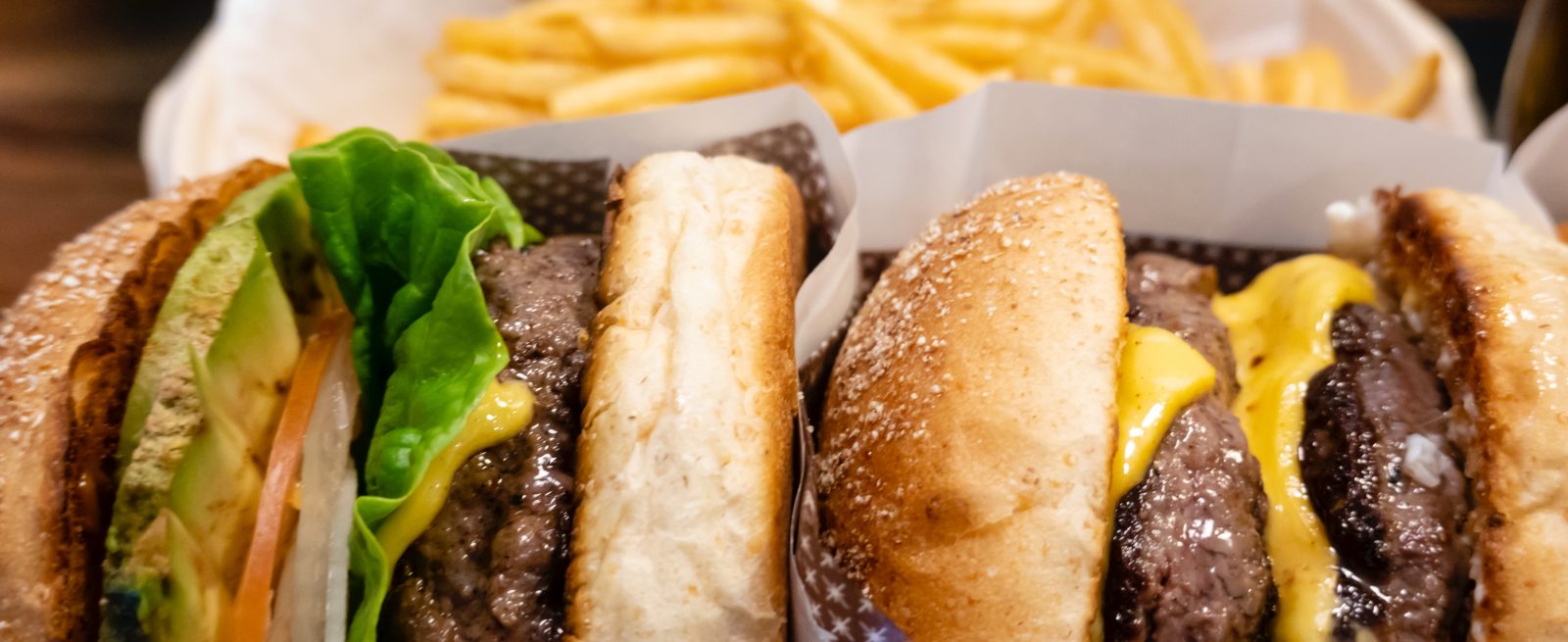How Customer Service in the QSR Industry is Evolving
3 Min Read By Steven Barrow Barlow
In today’s world, people are using food and beverage spaces differently than in decades past. Where the 80s brought on a burst of casual dining that left many quick-service restaurants struggling, the 90s saw a resurgence in popularity of fast-food franchises that gave way to the evolution of newer and more agile QSR brands.
Why brands need to innovate at the table-level in order to get—and keep—customers in their seats.
Starting at the turn of the century, though, the restaurant industry has experienced the rise of fast-casual dining, an option sitting pretty between casual dining and quick-service restaurant experiences in the eyes of many consumers. Since, the line between full service and limited service has been further blurred.
So what do these changing experiences mean for customer service? Interestingly, casual dining brands that are transitioning to a more fast-casual setting have shifted toward providing less service, while QSR brands are simultaneously making efforts to improve customer service by investing in the creation of facilities customers want to spend more time in.

In an era where full-service restaurants are constrained and pressured by labor costs and availability, the fast-casual model obviously remains relevant and appealing. Restaurants should be building places where people not only come, but stay. Given that in the U.S., the majority of sales are via drive-thru, operators have looked to increase inside utilization and sales.
The question quick-service brands need to ask themselves is, ‘How do we get people to use our locations and spend more time here?’ Such is the reason many QSRs are adding free WiFi, more comfortable seating and other attractive features to their units.
Casual dining brands that are transitioning to a more fast-casual setting have shifted toward providing less service, while QSR brands are simultaneously making efforts to improve customer service by investing in the creation of facilities customers want to spend more time in.
Operators are increasingly looking at how to upgrade their facilities to provide more service at a higher level. A lot of these brands have 4,000-square-foot stores, yet are only driving sales from the 250 square feet just behind the registers. You can only achieve a certain amount of sales from behind the counter, especially at peak traffic hours. Spreading out both the sales and service zone is an effective way to enhance operations and the experience for the guest, and the way to do that is through a service imprint at the table.
When Chick-fil-A, a brand nationally recognized for its superior customer service, engaged Kallpod’s tableside service bell at three Houston-area locations last summer, data revealed a 500 percent increase in re-order revenue and significant service score increases after installation.
Financially speaking, it behooves restaurant operators to tackle customer service through technology because it improves service by leveraging existing staff, equipping them with technology that extends the service offering to more than just a one-transaction encounter.
As Americans, we’re conditioned to eat quickly and leave fast-food restaurants. It’s been interesting to see that shift, which has, in turn, made what Chick-fil-A has done pretty incredible. They experience so much traffic that locations become constrained around certain dayparts; at lunch, they’re almost at capacity. With a tech-enabled service imprint at the table, locations are able to increase capacity by spreading out sales and service requests across the entire restaurant. It eliminates the need for the sales counter to have to fill service requests and improves sales capacity at peak hours by keeping people in their seats and creating a second purchase occasion that has really helped with dessert sales.
As far as how things will continue changing in the realm of customer service, anything brands can do to wow the guest is positive. In QSR environments, customers are being wowed with technology. There’s a lot of potential because of the current way people think of the space, and risks are limited because customers don’t expect much anyway. Chick-fil-A has a person designated as a dining room server; technology has provided a way to make that person’s job more effective and efficient. In turn, that plays into making the environment more pleasant and achieving a higher level of customer service.


